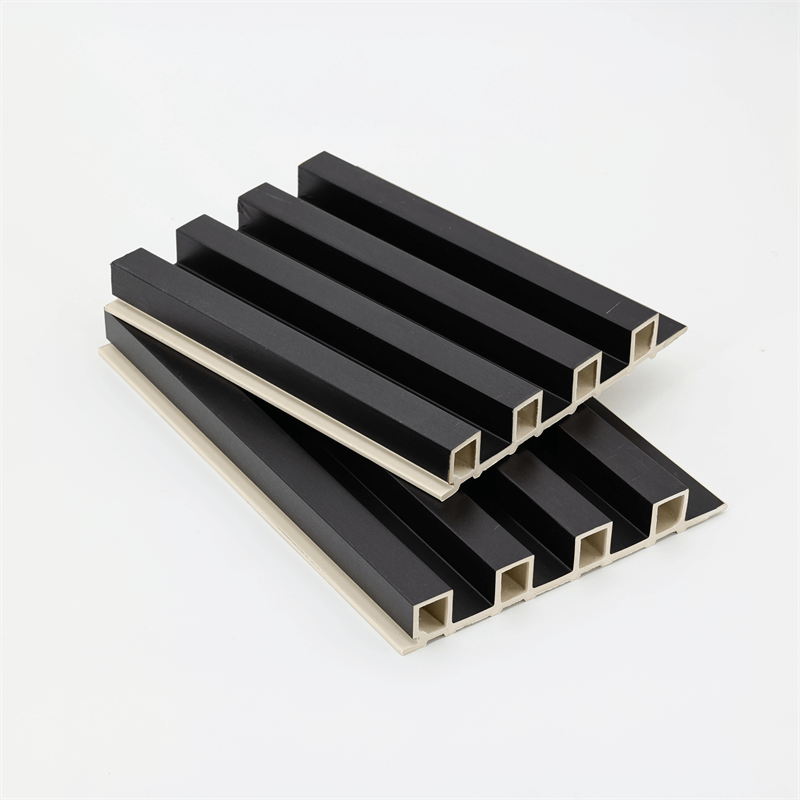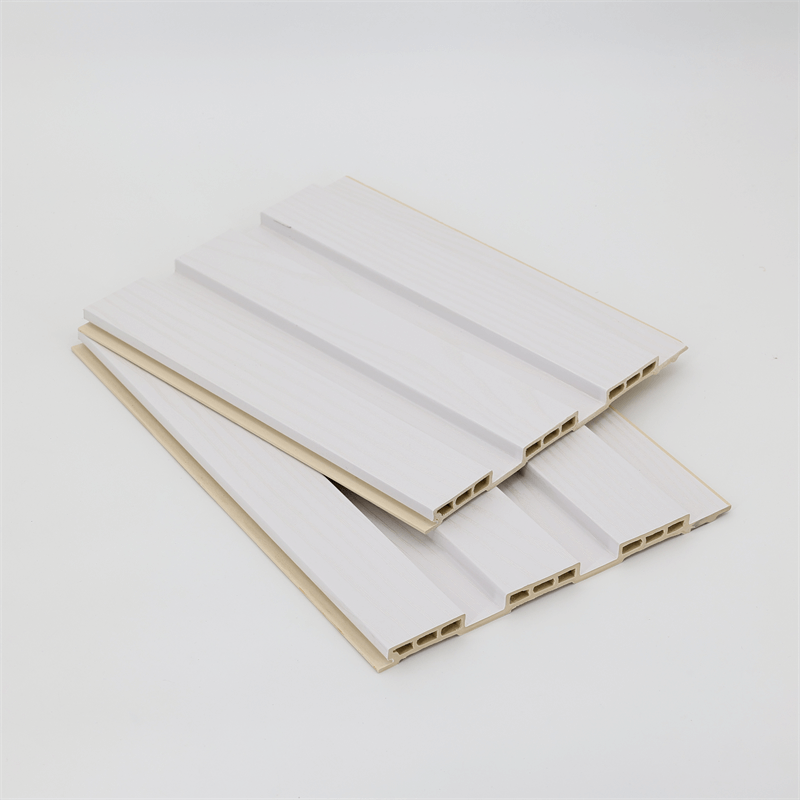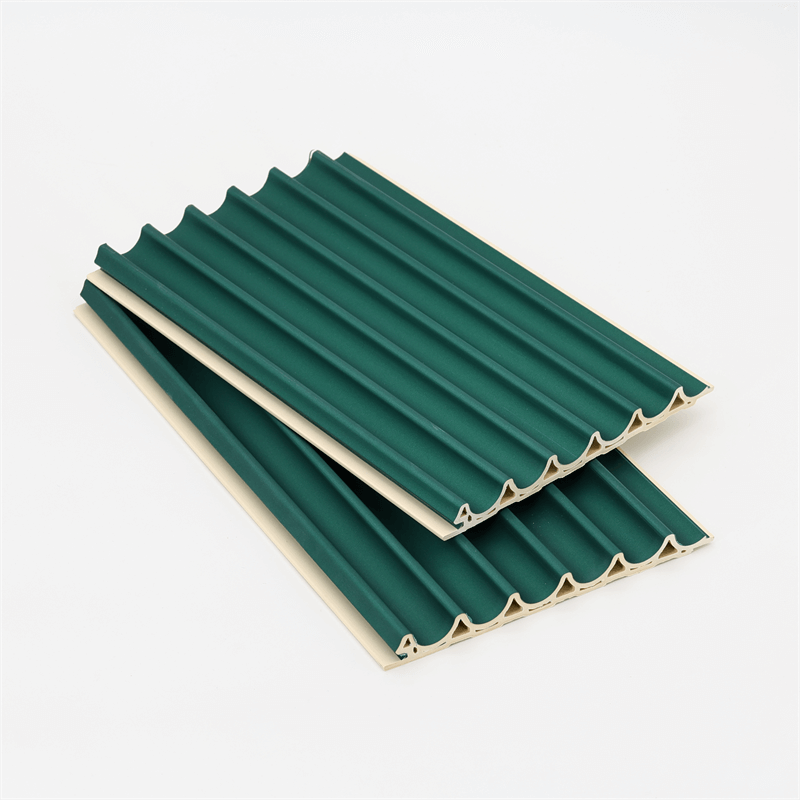When it comes to interior design, aesthetics and functionality are two crucial aspects that shape the overall look and feel of a space.
Wood-Plastic Composite (WPC) wall panels have emerged as a versatile design element that offers a unique combination of aesthetic appeal and functional benefits.
This essay delves into the design potential of WPC wall panels, highlighting their versatility, adaptability, durability, and sustainability.
I. Versatility: From Traditional to Contemporary Styles
WPC wall panels offer immense versatility, allowing designers to explore various design styles and themes.
Whether aiming for a traditional, rustic ambiance or a sleek, modern aesthetic, WPC panels can be seamlessly incorporated into different design schemes.
The panels come in a wide range of finishes, textures, and colors, providing endless possibilities for creative expression.
For traditional designs, WPC panels can emulate the warmth and charm of natural wood, adding a timeless and cozy feel to the space.
They can be used to create accent walls, wainscoting, or even as ceiling treatments, elevating the overall design.
On the other hand, for contemporary designs, WPC panels with sleek finishes and clean lines offer a sophisticated and minimalist look, creating a sense of elegance and modernity.
The versatility of WPC wall panels allows designers to adapt to various design trends and client preferences, making them a valuable tool in creating visually striking interiors.
II. Adaptability: Shaping Spaces and Transforming Surfaces
WPC wall panels are highly adaptable, enabling designers to shape spaces and transform surfaces to meet specific design objectives.
The panels can be easily cut, shaped, and installed to fit any size or shape, providing endless possibilities for customization.
They can be used to create feature walls, decorative partitions, or even as cladding for columns or furniture, adding depth and visual interest to the space.
Furthermore, WPC panels can be combined with other design elements, such as lighting fixtures or artwork, to create focal points and enhance the overall aesthetic impact.
The adaptability of WPC panels allows designers to experiment with unique layouts, patterns, and configurations, turning ordinary surfaces into captivating design statements.
III. Durability: Beauty that Lasts
In addition to their design potential, WPC wall panels are known for their durability, ensuring that the beauty of the design lasts over time.
The panels are resistant to wear, scratching, and fading, making them suitable for high-traffic areas and environments that require long-term durability.
Unlike traditional wall finishes, such as paint or wallpaper, WPC panels retain their original appearance even in demanding conditions.
The durability of WPC wall panels makes them an excellent choice for commercial spaces, such as offices, hotels, and retail stores, where aesthetics need to withstand constant use and exposure.
They are also highly resistant to moisture, preventing issues such as warping or decay, which are common with natural wood panels.
By choosing WPC wall panels, designers can create visually stunning interiors that maintain their appeal and functionality for years to come, reducing the need for frequent maintenance or replacement.
IV. Sustainability: Merging Design and Environmental Responsibility
In today’s design landscape, sustainability is a key consideration.
WPC wall panels align with this ethos as they are made from a combination of wood fibers and recycled plastics, reducing the reliance on virgin materials and promoting resource conservation.
The use of recycled materials in the production of WPC panels contributes to waste reduction and helps mitigate the environmental impact of construction activities.
Furthermore, WPC wall panels are a long-lasting and low-maintenance design solution.
Their durability eliminates the need for frequent replacements, reducing waste generation and minimizing the overall environmental footprint.
Additionally, their resistance to moisture prevents the growth of mold and mildew, contributing to healthier indoor environments.
By incorporating WPC wall panels into their designs, designers can not only create visually appealing spaces but also contribute to sustainable and eco-friendly practices.

WPC wall panels offer a plethora of design opportunities, combining aesthetics and functionality to enhance interior spaces.
Their versatility allows for the exploration of various design styles, from traditional to contemporary, enabling designers to create unique and visually captivating interiors.
The adaptability of WPC panels allows for customization and the transformation of surfaces to meet specific design objectives.
The durability of WPC wall panels ensures that the design remains visually appealing over time, even in high-traffic areas.
Their resistance to wear, scratching, and fading reduces the need for frequent maintenance or replacements, making them a cost-effective and long-lasting design solution.
Moreover, the use of recycled materials and the sustainable production process of WPC panels contribute to environmental responsibility and waste reduction.
By choosing WPC wall panels, designers merge design excellence with sustainability, promoting eco-friendly practices in the field of interior design.
In conclusion, WPC wall panels offer a perfect balance between aesthetics and functionality.
Their design potential, adaptability, durability, and sustainability make them an ideal choice for creating visually stunning and environmentally responsible interior spaces.
By embracing the versatility of WPC wall panels, designers can unlock their full potential and transform ordinary spaces into extraordinary works of art.


